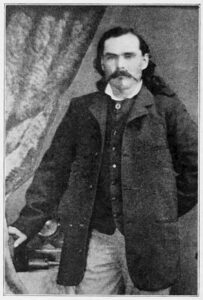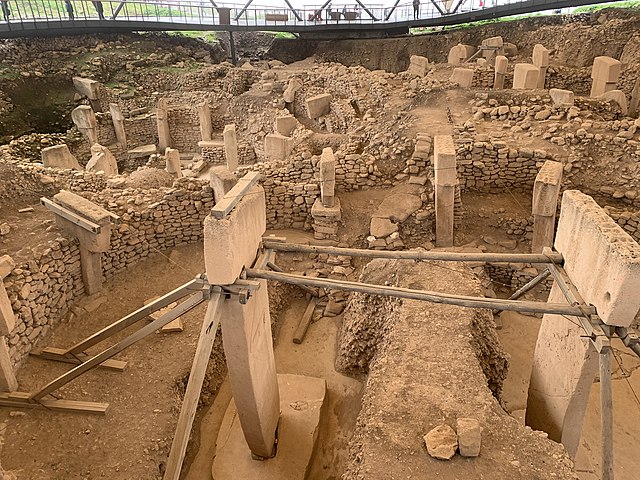
Nestled in the southeastern reaches of present-day Turkey, Göbekli Tepe emerges as a breathtaking archaeological wonder that has dramatically reshaped our comprehension of humanity’s earliest chapters. Surpassing the age of Stonehenge by a staggering 6,000 years, this site transcends mere ancient remnants; it serves as a portal to civilization’s twilight, compelling us to rethink everything we thought we knew about the Neolithic age and the genesis of sacred places.
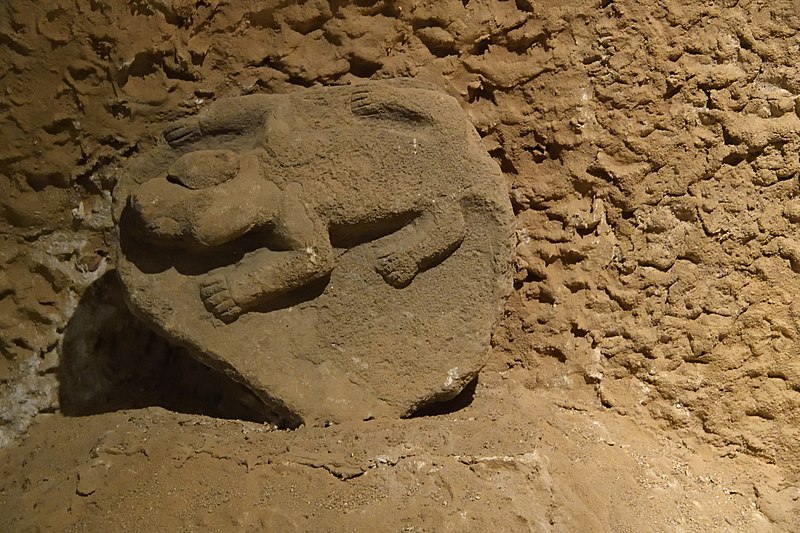
The Discovery of Göbekli Tepe
Göbekli Tepe was first noted during a 1963 survey by Istanbul University and the University of Chicago. At the time, researchers observed scattered fragments of limestone pillars but did not recognize their significance. The area was initially dismissed as a medieval cemetery due to the large, exposed tops of the T-shaped pillars, which were mistaken for gravestones. The true importance of Göbekli Tepe remained obscured until 1994 when German archaeologist Klaus Schmidt, working for the German Archaeological Institute, decided to re-examine the site. Schmidt had previously worked on the Neolithic site of Nevalı Çori, where he had gained insights into the prehistoric cultures of the region. Upon visiting Göbekli Tepe, Schmidt immediately recognized the potential significance of the site, noticing that the supposed gravestones were, in fact, prehistoric megalithic pillars.
Schmidt began excavations at Göbekli Tepe, quickly uncovering more than just the tops of pillars. The site consists of several circular and oval-shaped structures of massive stone pillars linked by walls. These pillars are intricately decorated with bas-reliefs of animals and abstract symbols, some standing over 5 meters tall and weighing up to 10 tons. These carvings and the monumental scale of the architecture were unlike anything found from the same period.
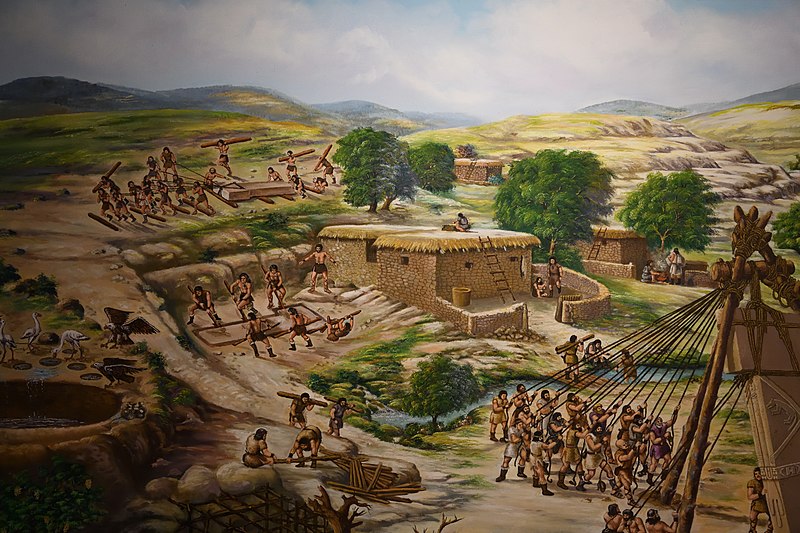
A Monument Built by Hunter-Gatherers
The construction of Göbekli Tepe around 9600 BCE by prehistoric peoples marks an astounding feat in human history. What makes Göbekli Tepe extraordinary is its age. Carbon dating indicates the site was constructed when humans were thought to be simple hunter-gatherers, not yet settled in permanent villages or capable of complex architectural feats. The construction of Göbekli Tepe required a large, coordinated labor force, indicating sophisticated social structures capable of organizing and sustaining large-scale projects. It’s believed that groups of people came together for periods to work on the site, possibly motivated by religious or cultural incentives.
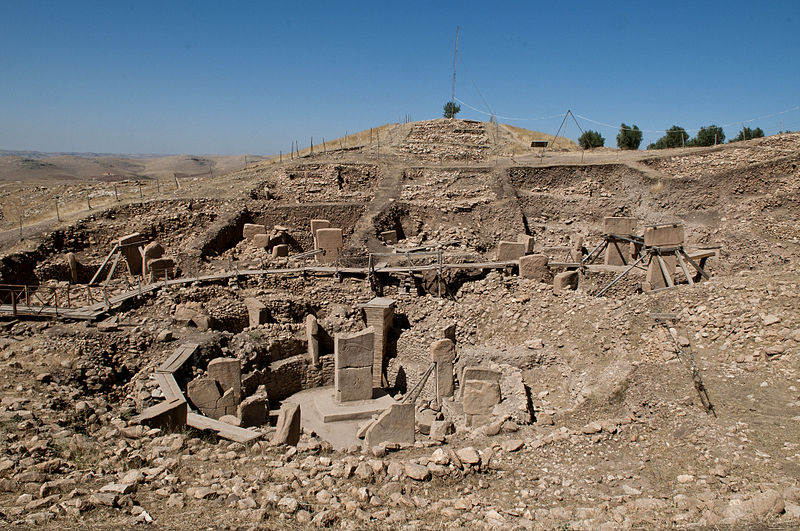
Our primary knowledge source about Göbekli Tepe comes from extensive archaeological excavations. Tools, including flint implements used for carving and shaping the pillars, have been found at the site. Comparisons with other contemporary sites in the region that have similar architectural elements or tools have helped archaeologists understand the technology and methods used by the builders of Göbekli Tepe.
This discovery has led scholars to reconsider the timeline of human development, suggesting that the urge to build monumental structures was a catalyst for the development of settled communities rather than the other way around.

Deciphering the Symbols
The carvings and reliefs on the T-shaped pillars of Göbekli Tepe are among the earliest known examples of narrative art, featuring a menagerie of wild animals such as lions, bulls, and vultures. Interpreting the animal and symbolic carvings at Göbekli Tepe is complex and speculative, given the absence of a direct written record of its construction. Some researchers interpret these images as part of a complex cosmology, possibly representing early forms of deity worship or shamanistic practices. The context in which symbols appear is crucial for understanding their potential meanings. Researchers examine the location, orientation, and association of carvings with architectural elements and other artifacts within the site. For instance, the presence of animal reliefs alongside humanoid figures may suggest a narrative or ceremonial purpose, possibly hinting at mythological stories or rituals practiced by the builders.
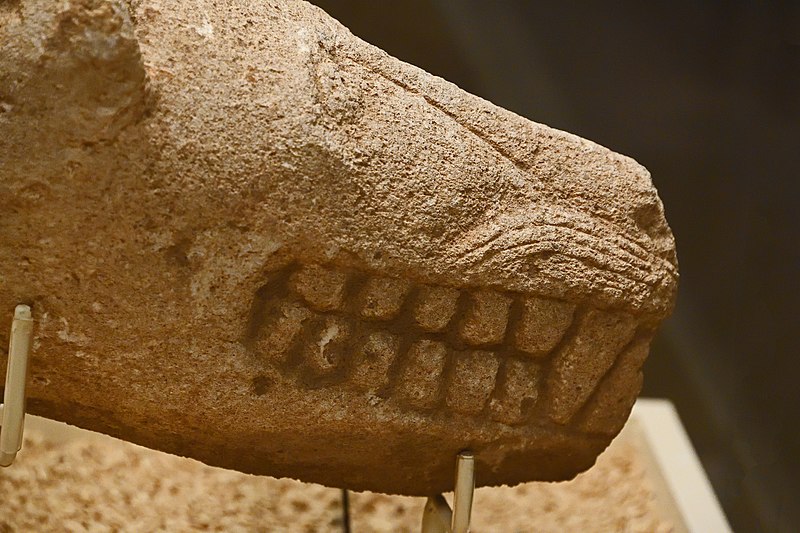
Göbekli Tepe’s intricate carvings of animals, including snakes, scorpions, lions, bulls, and birds have led some to speculate about their symbolic meanings and whether they could represent a kind of proto-zoo or a collection of species akin to the biblical story of Noah, who saved pairs of animals from a great flood.
The site’s purpose, however, remains a subject of debate. Without any clear evidence of permanent habitation, it’s believed that Göbekli Tepe served as a ceremonial or pilgrimage site, possibly the world’s first temple.

The Mystery of its Burial
One of the most intriguing aspects of Göbekli Tepe is its deliberate burial around 8000 BCE. The site was covered with dirt and abandoned for unknown reasons, preserved in time until its rediscovery. This act of burial has protected the site’s pillars from erosion, but it also raises questions about the society that built it. Were they fleeing a threat? Or was the burial a ritualistic act, signifying the end of an era or belief system?
One theory suggests that the site was intentionally covered with dirt to preserve it. Another theory posits that the burial was part of a ritual or had cultural significance. The act of burying the site could have been a way to ceremonially conclude its use or to mark a transition in the society’s beliefs or structures.

The burial of Göbekli Tepe might reflect broader social or political changes within the society that built it. As new social structures, belief systems, or leadership emerged, the site could have been seen as outdated or associated with a previous era. Burying it would then symbolize a break from the past or the dominance of new ideas or groups.
The precise reason for Göbekli Tepe’s burial remains a subject of ongoing research and debate. However, it is clear that the act of burying the site was a significant endeavor, requiring organization and effort comparable to its original construction.
Implications for Human History
The discovery of Göbekli Tepe has significant implications for our understanding of human history. It suggests that religious or social motivations may have driven the Neolithic Revolution, the transition from nomadic life to agriculture and settlement. The complexity and scale of the site imply a high degree of social organization and technical skill among pre-agricultural societies, challenging the traditional view of Neolithic people as simple, nomadic hunter-gatherers.
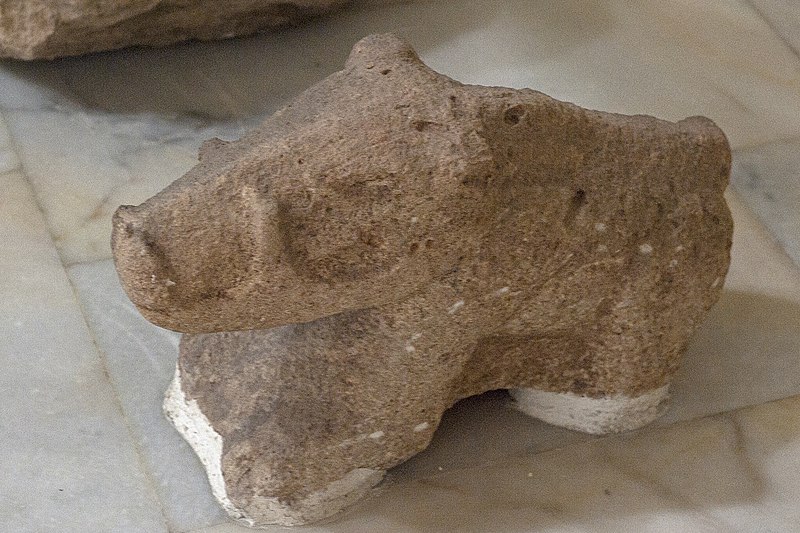
Traditionally, the development of agriculture has been seen as the catalyst for the formation of complex societies, including the development of religious structures and settled life. Göbekli Tepe turns this narrative on its head. Dating back to around 9600 BCE, it predates the onset of agriculture and settled communities, indicating that complex social and religious structures existed while people were still hunter-gatherers. This suggests that the desire to come together for communal and possibly religious purposes may have driven the development of settled communities and agriculture rather than vice versa.
The discovery of Göbekli Tepe has necessitated a reevaluation of the timeline of human civilization. Its existence pushes back the known dates for developing complex social structures and monumental architecture, extending the depth of human history and challenging researchers to find new ways to understand the progression from nomadic to settled life.
Conclusion
Göbekli Tepe is a testament to early humans’ ingenuity and spiritual life. Its discovery challenges previous assumptions about the beginnings of civilization and organized religion. As excavations continue, each layer unearthed may bring us closer to understanding the motivations and beliefs of the people who built this enigmatic temple. Göbekli Tepe deepens our appreciation for the complexity of human history and reminds us of the mysteries that remain uncovered in our quest to understand our past.
Here are some helpful links for further research!
Gobekli Tepe: The World’s First Temple? | History| Smithsonian Magazine
Göbekli Tepe – UNESCO World Heritage Centre
Gobekli Tepe | Neolithic, Prehistoric, Monument, & Map | Britannica
